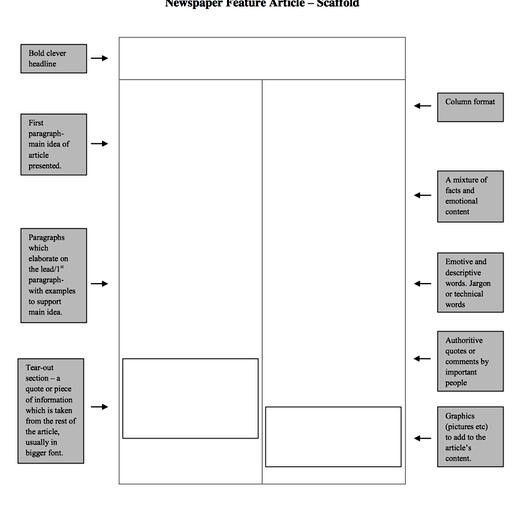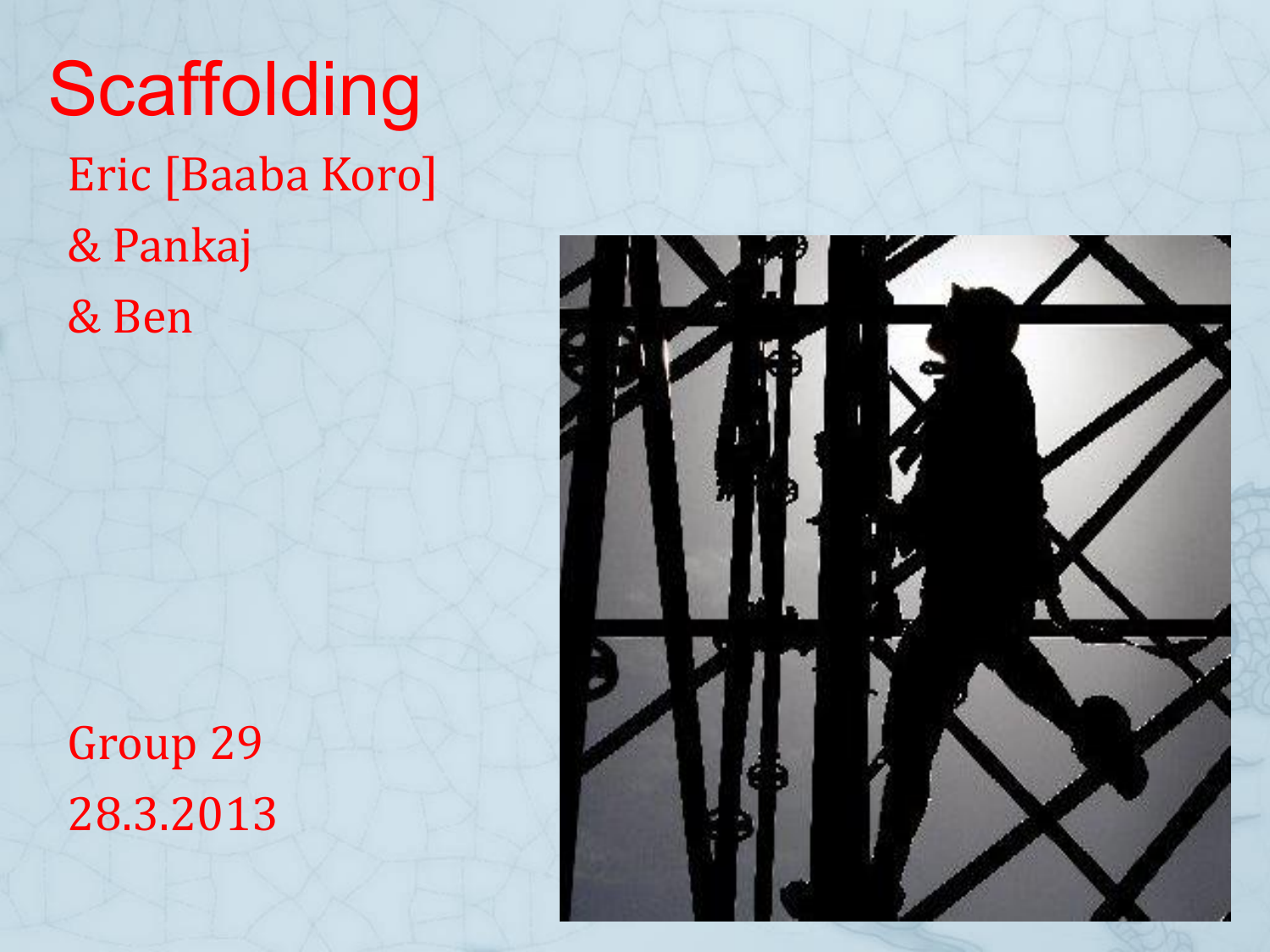

The court noted that there was also a risk of death or serious injury to passers-by, not just from the scaffolding parts but also from the powerlines brought down in the collapse. The court found that the risk of death or serious injury to workers flowing from the scaffolding business’s breach of the WHS Act was extremely high. Nor did it have an engineer review a plan for dismantling the scaffolding where the street-facing scaffolding face would remain. The scaffolding business did not request that an engineer review its scaffolding plan before the scaffold was constructed or altered.There was no documented plan detailing how the street-facing scaffolding would be braced or the process by which the scaffold would be dismantled.The scaffolding business asked that the issue be addressed at tool box talks, but there was only evidence of it being raised at one tool box talk.

The scaffolding business became aware of this and reinstalled some of the scaffolding ties that had been removed.

Repairs to the scaffolding were subsequently undertaken, but the scaffolding company did not issue a direction for workers to cease work and clear the site until the scaffolding could be inspected by a qualified person and declared safe. After the installation of the scaffolding around the tower, some bowing was observed, indicating instability.In determining the appropriate penalty, the court hearing the matter examined the systems of work of the scaffolding business and the circumstances prior to the collapse. The powerlines came into contact with a member of the public’s car, causing a risk to her safety and damage to her vehicle.

When the collapse occurred, parts of the scaffolding fell across a public footpath and brought down a section of powerlines causing a telegraph pole to lean. The collapse occurred after the removal of scaffolding on two sides, creating instability in the adjacent, street-facing scaffolding structure. The scaffolding in question was part of a 14-storey scaffolding system surrounding a tower building in Mascot. Significantly, one of the workers who rode the scaffolding to the ground during the collapse developed post-traumatic stress disorder as a result of his ordeal. Some of the workers suffered soft tissue injuries in the incident and one sustained a cut requiring stitches. Terrifyingly, two other workers were forced to ride the scaffolding seven storeys to the ground during the collapse. One worker dove under a truck to protect himself from the collapse, two others had to flee for their lives, while another worker (who was on the scaffolding at the time of the collapse) jumped from the scaffolding and onto the balcony of the building. The incident that resulted in the conviction and fine involved a major scaffolding collapse in 2014 during which workers had to take evasive action to protect their lives and limbs. The Sydney-based scaffolding business pleaded guilty to failing to comply with its primary duty under s19 of the WHS Act, when it exposed workers to a risk of death or serious injury. A NSW scaffolding business has been convicted and fined after it pleaded guilty to an offence under the Work Health and Safety Act 2011 (NSW) ( WHS Act) ( SafeWork NSW v Sydney Hoist and Scaffolding Pty Ltd NSWDC 442).


 0 kommentar(er)
0 kommentar(er)
